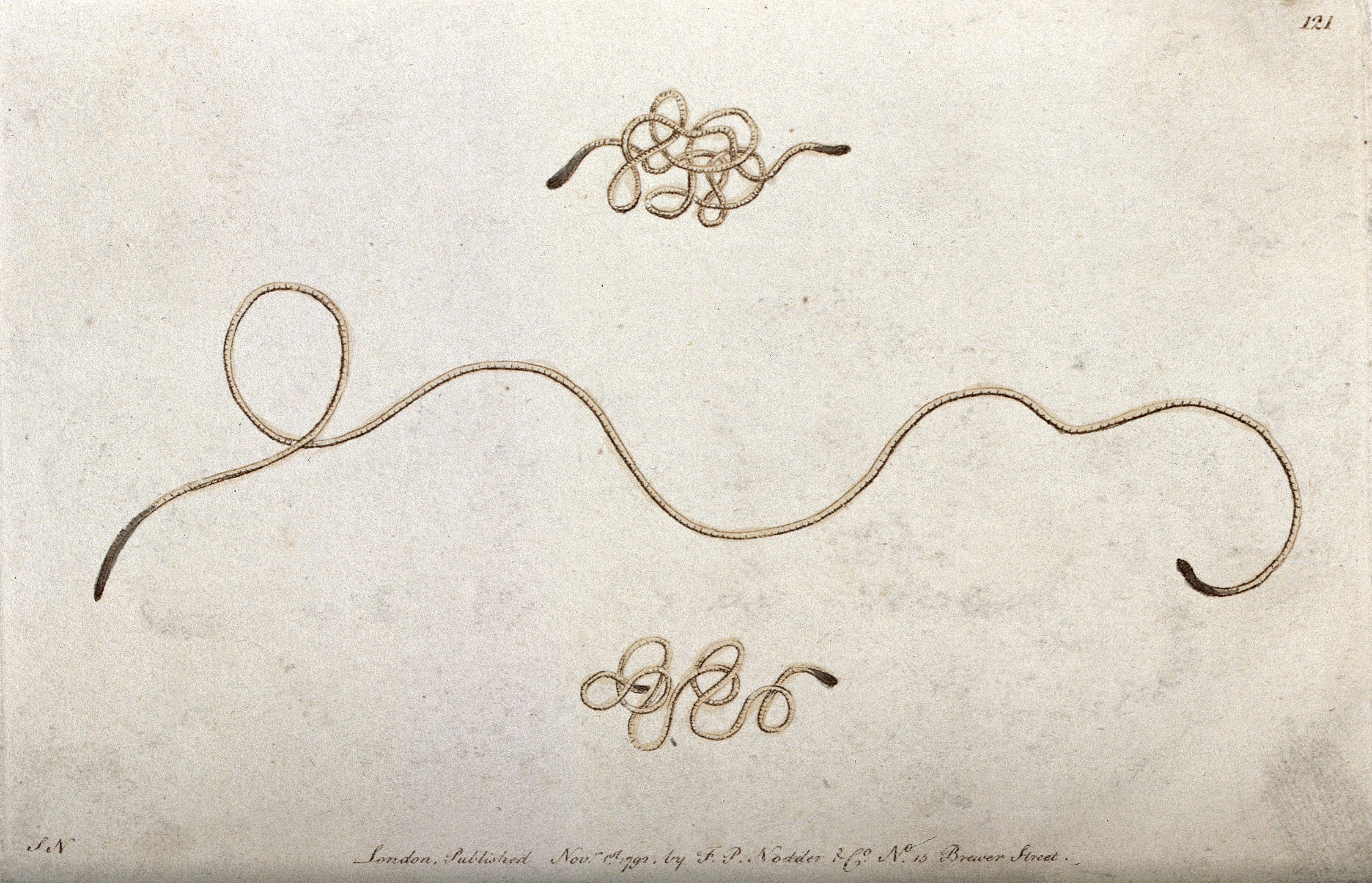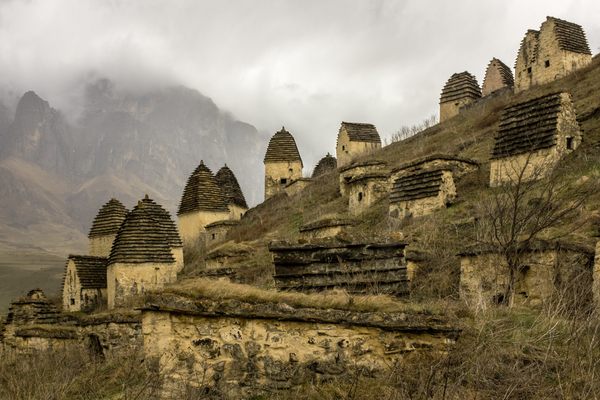Siberian Worms Survived More Than 30,000 Years Stuck in Permafrost
The worms, all female, thawed out and started eating.

Thirty thousand years ago, give or take a few centuries, a ground squirrel burrowed out a spot for itself, about 10 inches in diameter at its widest, where it brought back seeds and other grassy and fruited plants to nibble on. The place where the squirrel chose to make its burrow is now known as Siberia, and the burrow is close to 100 feet below the surface and in a layer of permafrost.
The squirrel, of course, is long gone. But tiny roundworms, a type of nematode, that also made their home there have lasted those tens of thousands of years, frozen and immobile. Now, though, scientists in Russia have revived them, making these worms—all of them female worms—the first multicellular organisms to have survived being frozen in Arctic permafrost.
The permafrost layer of the polar parts of the world contains all sorts of tiny creatures, including bacteria, algae, yeasts, and amoebas, as well as moss spores and seeds. After spending thousands of years in deep freeze, these bits of life are thawing out, as the poles heat up and the permafrost softens. Previously, scientists found that a giant virus that they named Pithovirus was still viable after 30,000 years.
In a new paper, published in Doklody Biological Sciences, the scientists describe how they analyzed 300 samples of permafrost. Of those, only two samples had viable nematodes in them. One came from the squirrel burrow; another came from a different permafrost deposit, part of a core drilling near the Alazeya River. That sample was about 42,000 years old.
The samples contained two different types of roundworms, Panagrolaimus detritophagus and Plectus parvus. The scientists let them thaw out, and once they had, the worms seemed ready to go on with their lives, eating and moving, which is about the extent of what ringworms do with themselves.
If defrosting tiny creatures that lived tens of thousands of years ago sounds to you like the start of a horror movie, it may be reassuring to know that these two can both be found in places other than Siberian permafrost and that they’re not the type of ringworms that make life miserable for humans. In the end, what they’ve inadvertently accomplished is remarkable. As a species, humans definitely do not have the ability or the inclination to spend 30,000 years in deep freeze. Just imagine what it would be like to succumb to the cold, then wake up 30,000 or 40,000 years later and go on with your life as if nothing had happened.









Follow us on Twitter to get the latest on the world's hidden wonders.
Like us on Facebook to get the latest on the world's hidden wonders.
Follow us on Twitter Like us on Facebook